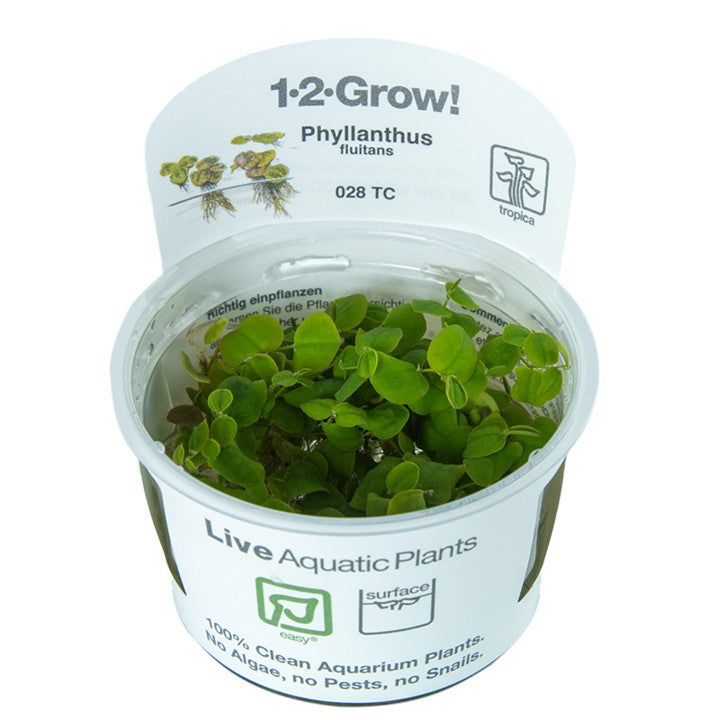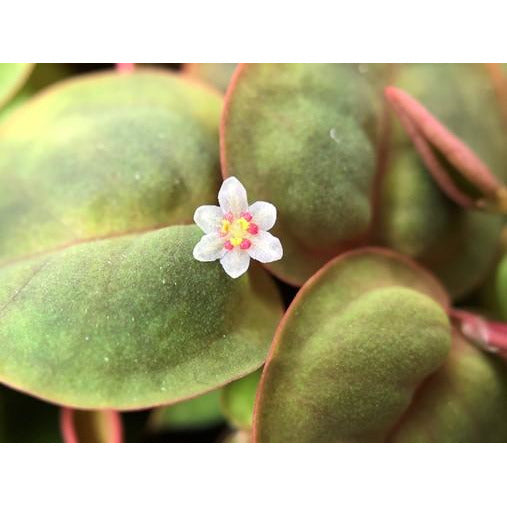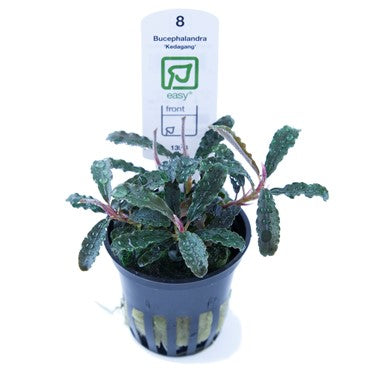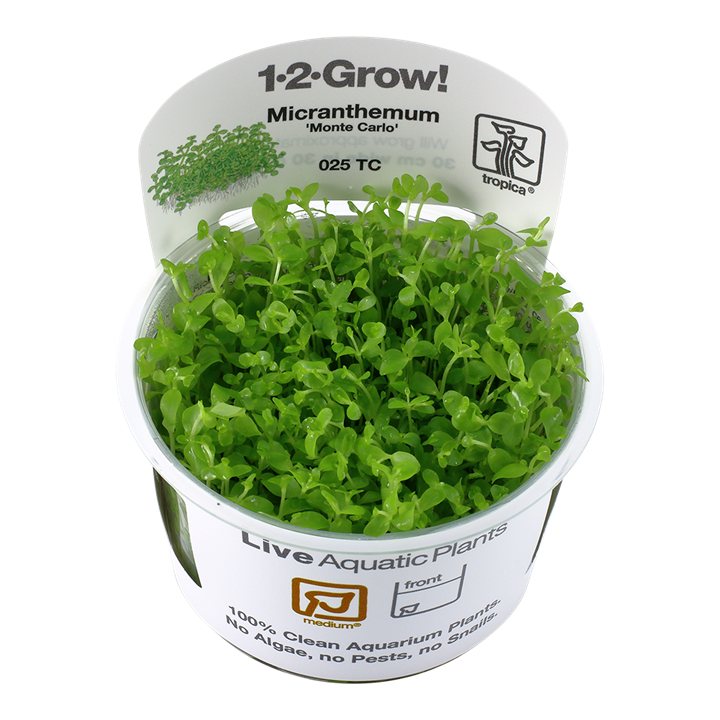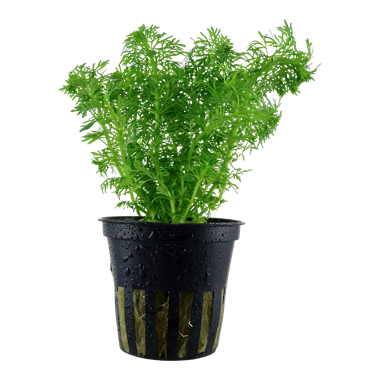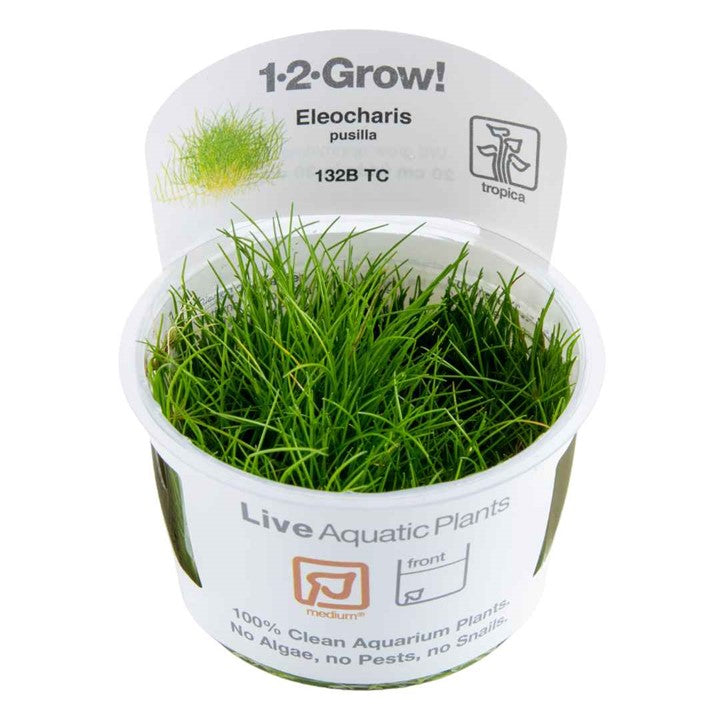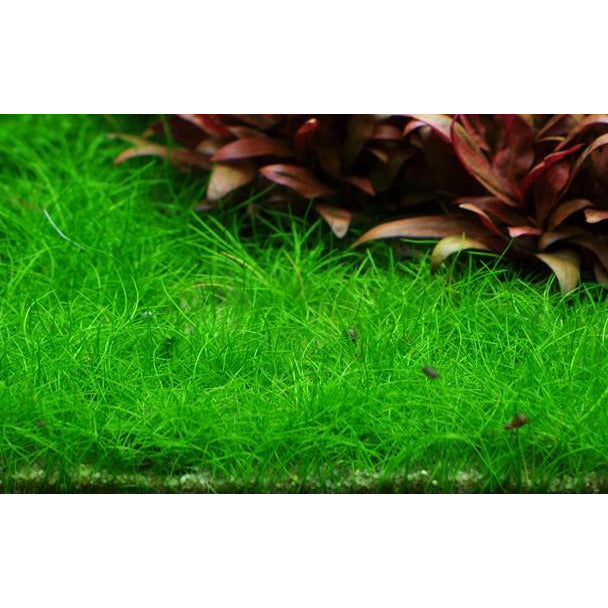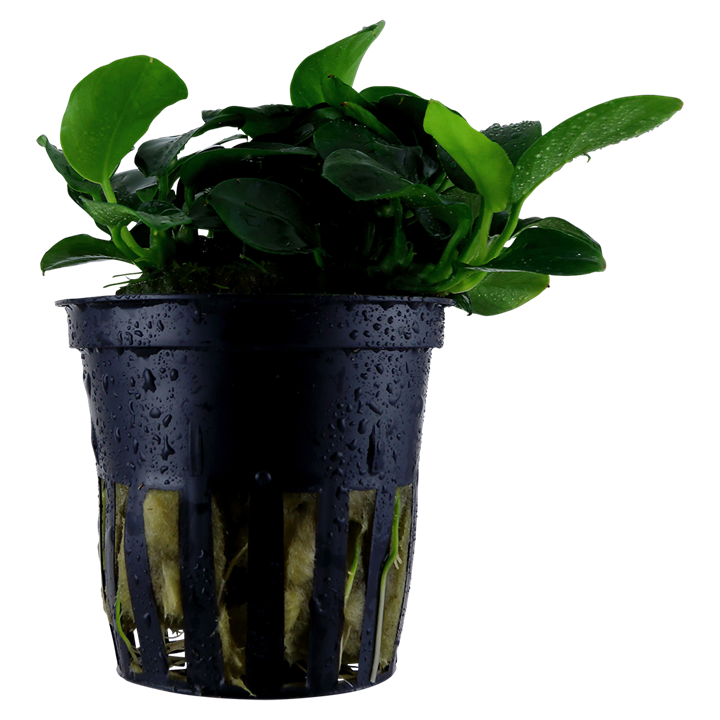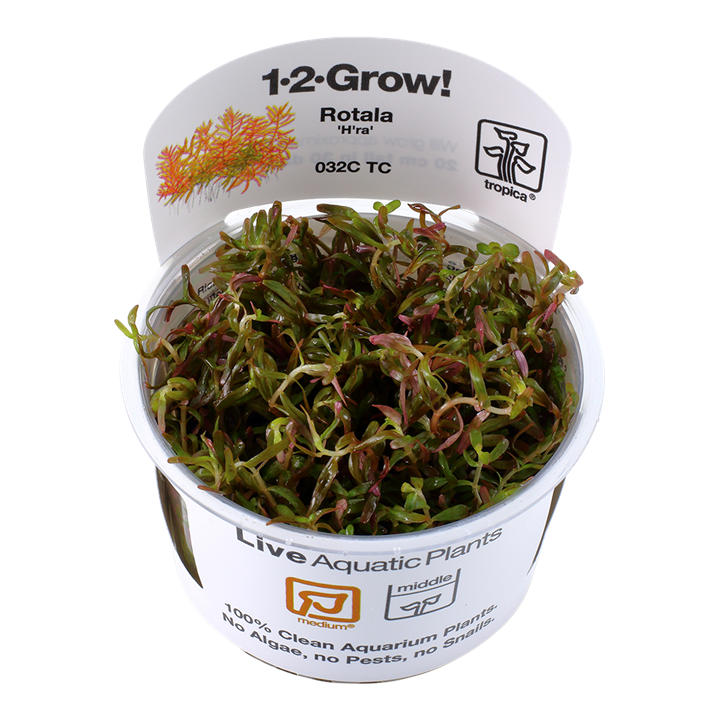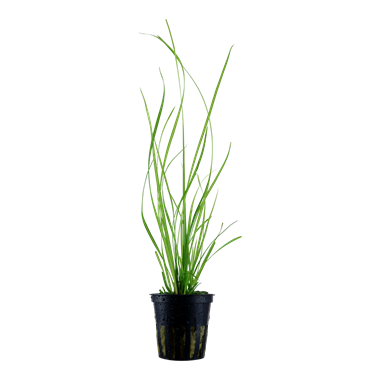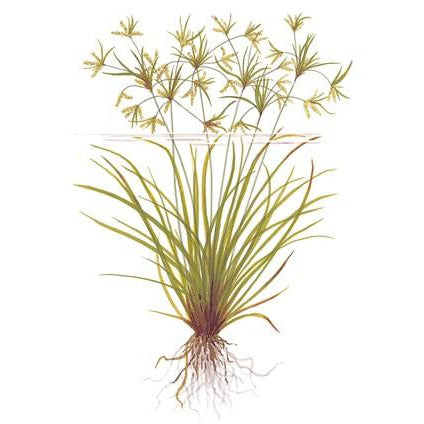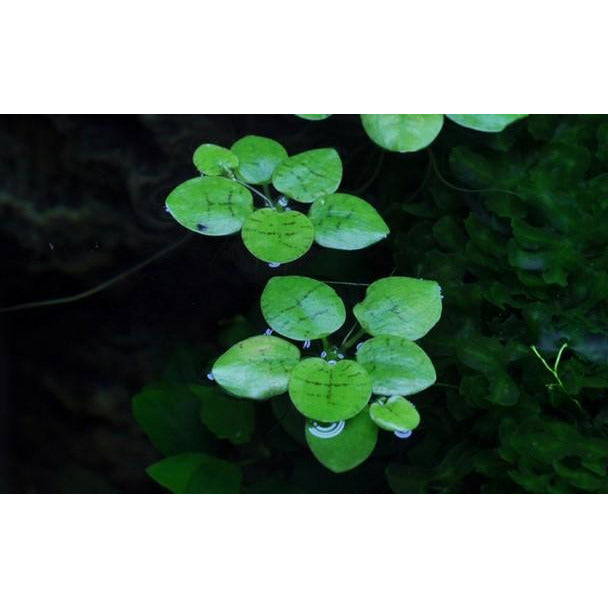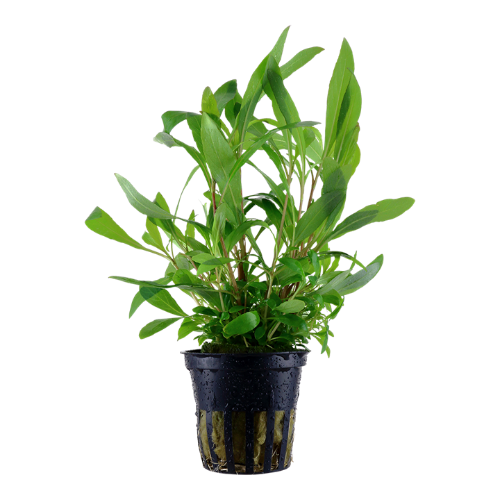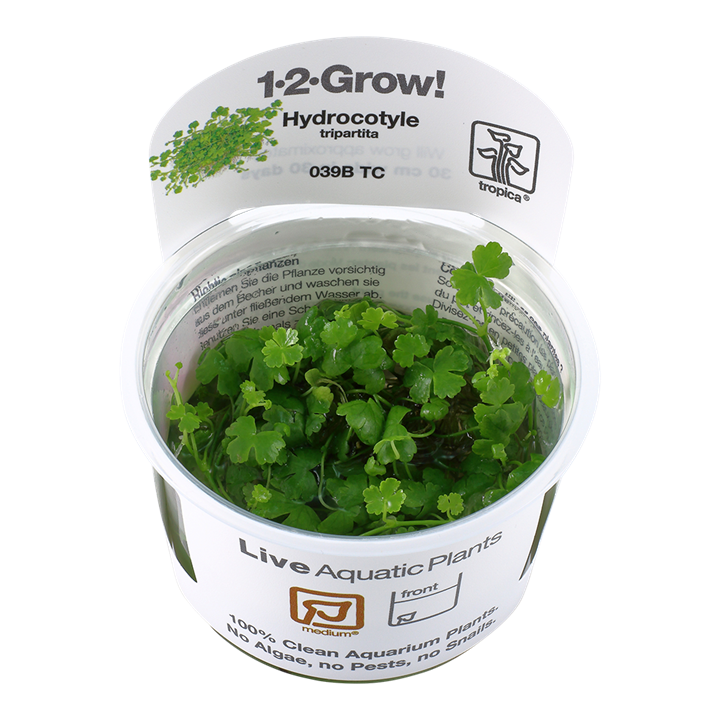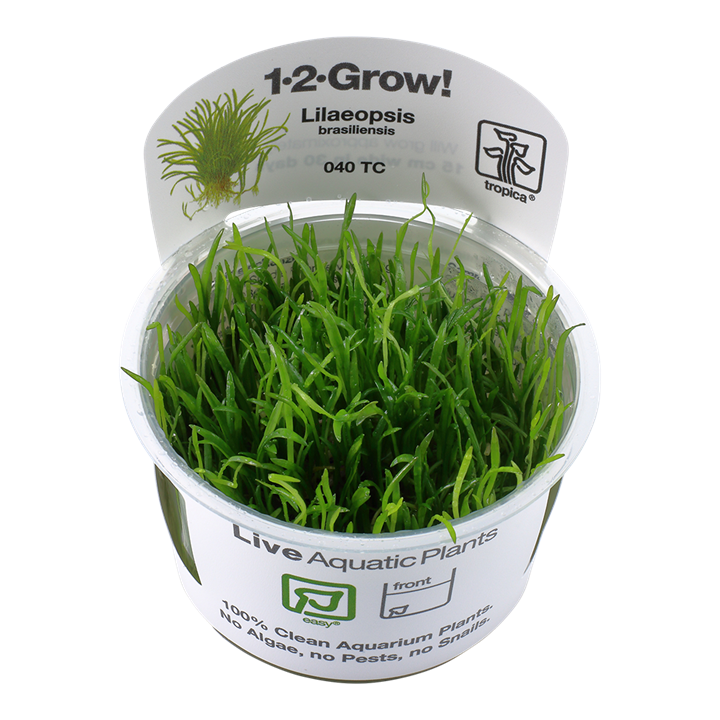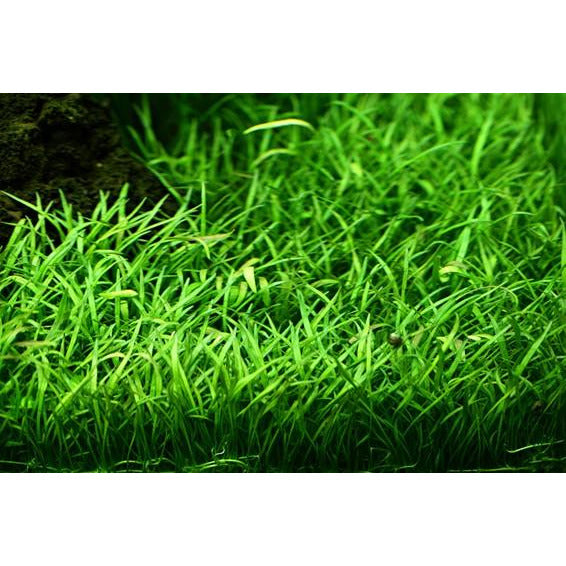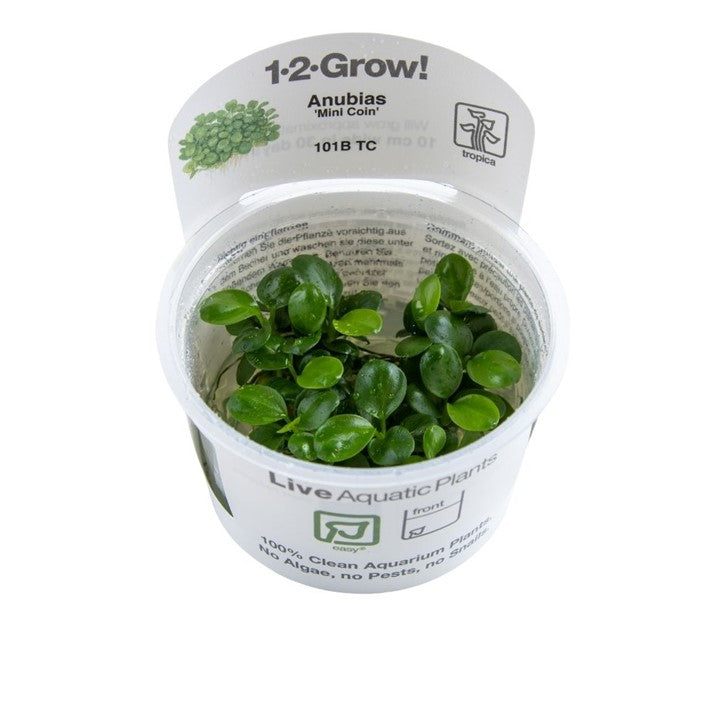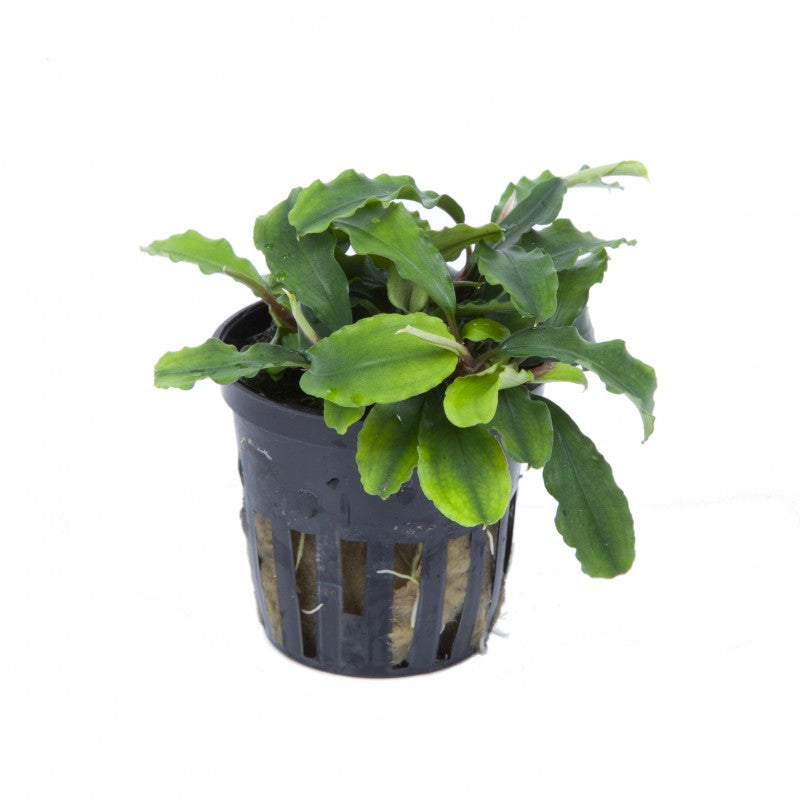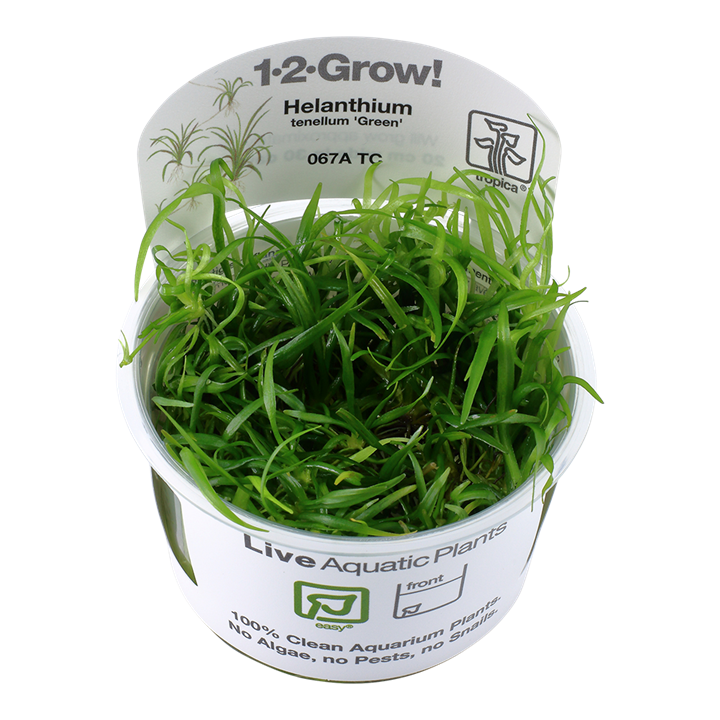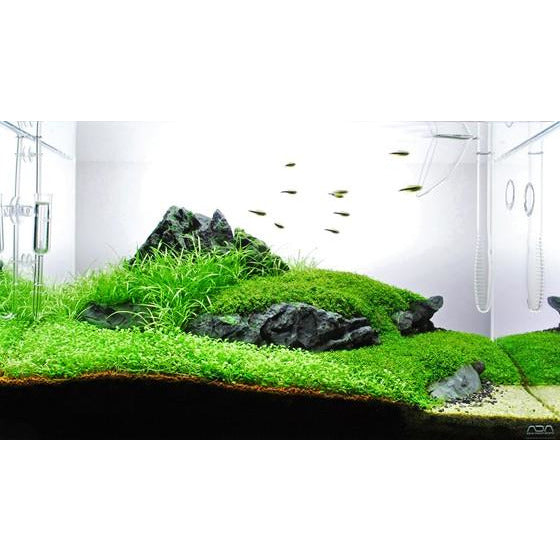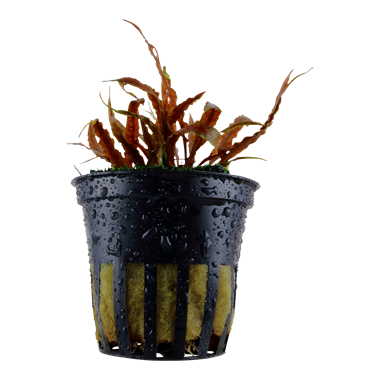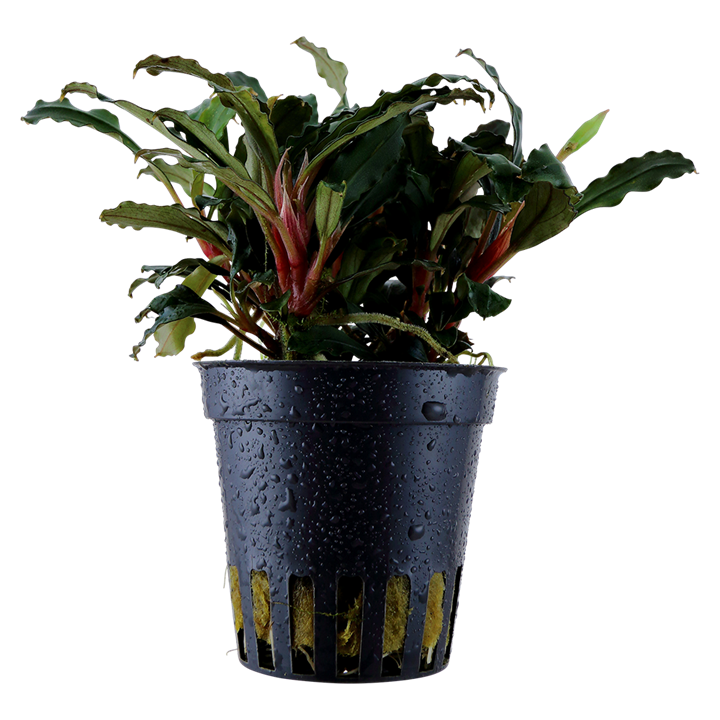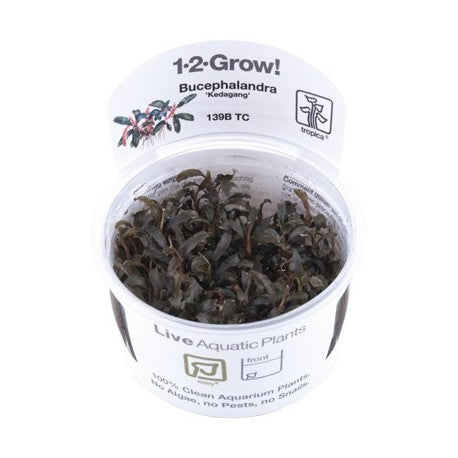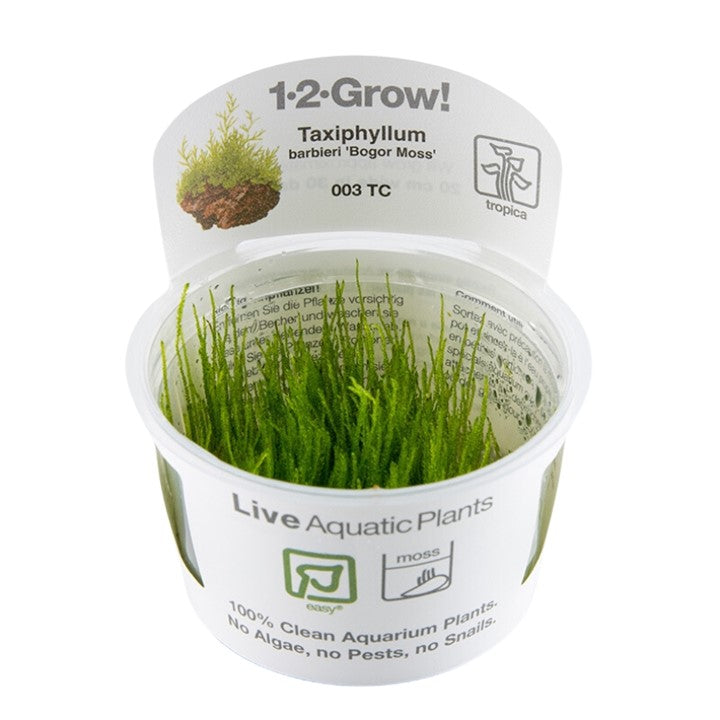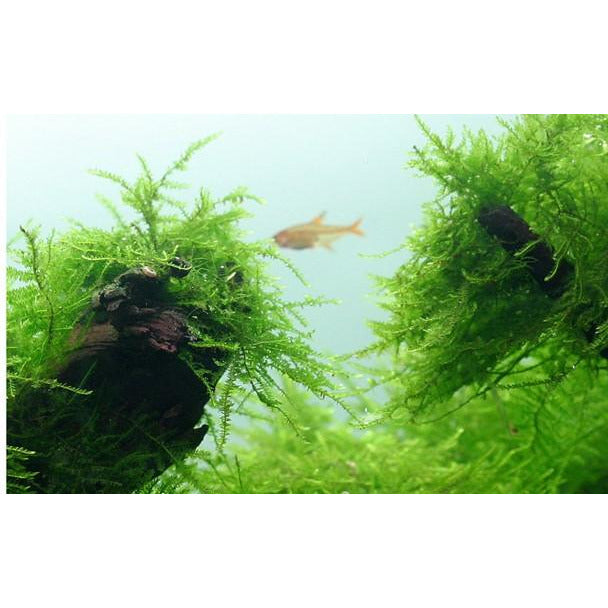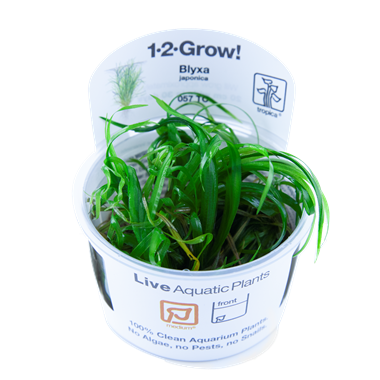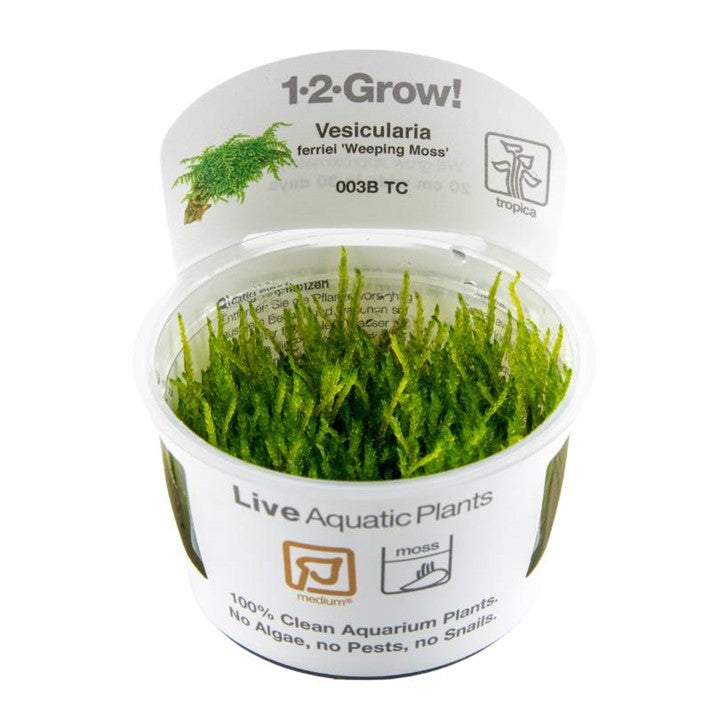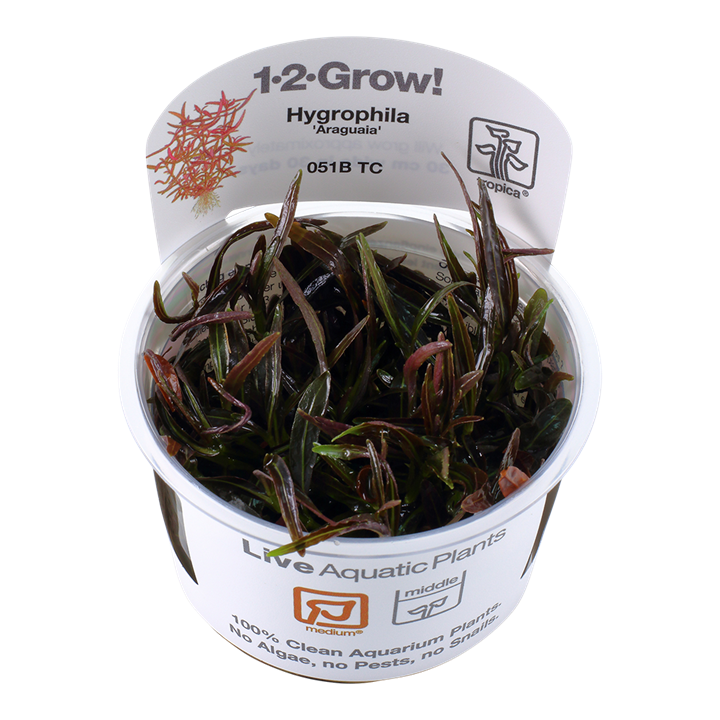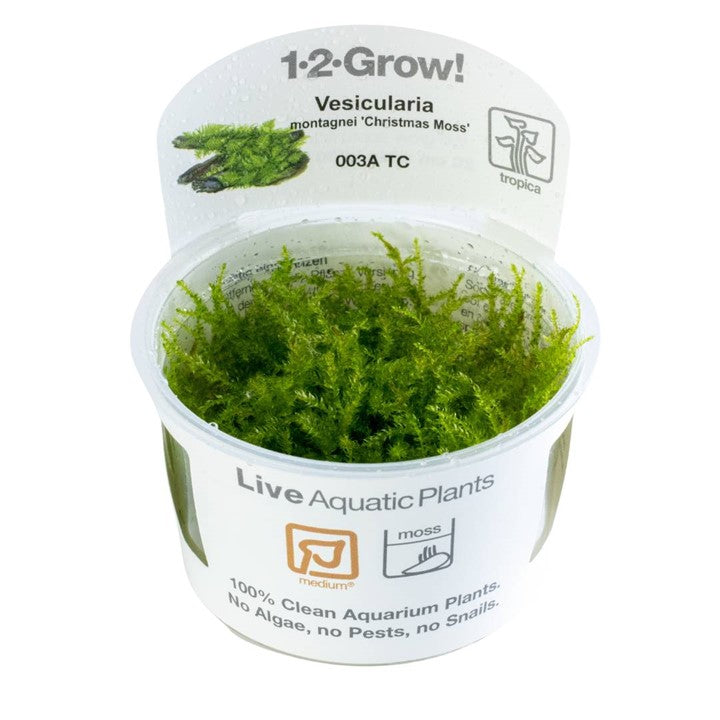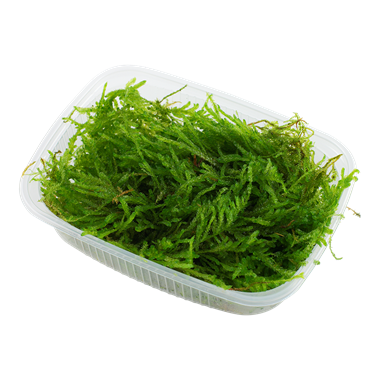
Neocaridina vs Caridina Shrimp Care Guide – Colours, Water Parameters & Feeding Tips

Aquarium Shrimp - All about them and how to care for them
Freshwater shrimp are delightful additions to a freshwater aquarium. These fascinating creatures not only bring a splash of colour and activity to your tank but also play a crucial role in maintaining it's health. As they scuttle around, they graze on algae and detritus, helping to keep the environment clean and balanced. Their unique behaviours and social interactions add an engaging dimension to aquascapes, making them a favorite among aquarium enthusiasts.
Types of Aquarium Shrimp Neocaridina vs Caridina Shrimp
When exploring the world of shrimp, it's essential to distinguish between the two main types: Neocaridina and Caridina species. Neocaridina species are known for their hardy nature and vibrant colours, which range from bright reds and oranges to deep blues and greens. These shrimp are often ideal for beginners due to their adaptability to various water conditions and relatively straightforward care requirements.
In contrast, Caridina species, such as the popular Crystal Red and Black Shrimp, are renowned for their stunning patterns and intricate coloration. However, they are typically more sensitive to water parameters, requiring softer water which some people already have an are actually more suited to these, but a lot of people tend to have harder water and to be able to keep this would need to soften their water.

Red panda shrimp in Horizon Aquatics gallery
Neocaridina Shrimp
Neocaridina are known to be the 'easy aquarium shrimp' this is because it is common for more people to have suitable tap water for these shrimp. This doesn't necessarily mean they are easier, if you have softer water it's more likely that Caridina would be more suitable for you.
Popular Neocaridina Colour Varieties:
- Cherry Red
- Bloody Mary
- Orange Pumpkin
- Yellow Gold line
- Blue Velvet/ dream
- Green Jade
-
Black Rose
- Rili Variants (Red, Blue, and other colour mixes with clear body sections)

What water parameters do Neocaridina shrimp need?
Neocaridina thrive in stable water conditions and are generally tolerant of a range of parameters, which makes them a go-to species for community tanks and nano aquariums.
| PH | 6.5 - 8 |
| Ammonia | 0ppm |
| Nitrite | 0ppm |
| Nitrate | Less than 20ppm |
| GH (general hardness) | 4-14dGH (best 6-8) |
| KH (carbonate hardness) | 3-15dKH (best 2-6) |
| TDS (total dissolved solids) | 200-400ppm (best 150-250) |
Caridina Shrimp
Caridina shrimp, including the iconic Crystal Red and Taiwan Bee types, are often chosen by experienced aquarists due to their stunning appearance and slightly more demanding care requirements. They are more sensitive to water quality and tend to need soft, acidic water.
Popular Caridina Colour Varieties:
- Crystal Red Shrimp (CRS)
- Crystal Black Shrimp (CBS)
- Taiwan Bee Variants (e.g. Blue Bolt, Black King Kong, Red Wine)
- Tangerine Tiger
What water parameters do Caridina shrimp need?
Caridina shrimp require more consistent water parameters and often do best in tanks using active substrate (like ADA Amazonia or similar) and RO water with remineralisers, if your tap water at home is harder and more suited to neocaridina shrimp
| PH | 5 - 6.5 |
| Ammonia | 0ppm |
| Nitrite | 0ppm |
| Nitrate | Less than 20ppm |
| GH (general hardness) | 4-6 dGH |
| KH (carbonate hardness) | 0-2dKH |
| TDS (total dissolved solids) | 100-200ppm (best 120-150) |

Ideal Temperature for Aquarium Shrimp
Temperature plays a key role in shrimp health, breeding, and molting. Keeping it stable within the correct range is essential for both Neocaridina and Caridina shrimp.
Neocaridina Shrimp (Cherry, Blue Dream, Yellow)
-
Ideal Range: 18–24°C (64–75°F)
-
Tolerated Range: 16–28°C (61–82°F)
-
These shrimp are quite hardy, but consistent mid-range temps are best for long-term health and breeding.
Caridina Shrimp (Crystal Red, Blue Bolt, Taiwan Bee)
-
Ideal Range: 20–23°C (68–73°F)
-
Tolerated Range: 18–24°C (64–75°F)
-
Caridina are more sensitive to high temps—above 24°C (75°F), they may become stressed and stop breeding.
Key Tips:
-
Use an aquarium heater to prevent drops in colder months.
-
In summer, keep tanks out of direct sunlight and consider a cooling fan or aquarium chiller if needed.
-
Avoid sudden temperature swings, which can trigger failed moults or stress.

Using RO Water and Remineralising for Shrimp Tanks
Maintaining precise and stable water conditions is essential for the health and success of freshwater shrimp—especially Caridina species. You can test your tap water and choose the shrimp most suited or if you want to keep the type that is not already suitable, one of the best ways to achieve this is by using RO (Reverse Osmosis) water combined with the appropriate remineralising salts.
Why Use RO Water?
RO water is ultra-pure, having had almost all minerals, chemicals, and impurities removed through filtration. It starts with a TDS (total dissolved solids) of close to 0 ppm, giving you complete control over the water parameters when keeping sensitive shrimp.
This is particularly important for:
-
Caridina shrimp, which need soft, acidic water with low KH and GH
-
Preventing parameter swings in small or nano tanks
-
Avoiding unwanted substances in tap water like chlorine, nitrates, or heavy metals
What Is Remineralising?
Remineralising is the process of adding specific minerals back into RO water to reach ideal shrimp-keeping parameters. This is done using shrimp-specific remineralising salts.
There are two common types:
-
GH+ salts: Add general hardness only (ideal for Caridina)
-
GH/KH+ salts: Add both general and carbonate hardness (best for Neocaridina)
This ensures shrimp have the calcium and magnesium they need for:
-
Proper molting
-
Strong exoskeletons
-
Successful breeding
How to Remineralise RO Water for your shrimp tank
-
Start with RO water (TDS ~0 ppm)
-
Use a digital TDS pen to monitor levels
-
Add remineralising salts (e.g., Seachem equilibrium, 2hr Aquarist, or another trusted brand)
-
Mix thoroughly in a container or bucket
-
Test GH, KH, and pH as needed
-
Target Parameters:
-
Caridina: GH 4–6, KH 0–1, TDS 100–150 ppm
-
Neocaridina: GH 6–8, KH 2–6, TDS 150–250 ppm
-
Always let the water sit at room temperature before adding to the tank, and ensure it matches the parameters of the tank water to avoid stress during water changes.
Final Tips
-
Never remineralise directly in the tank—always do it in a separate container
-
Store mixed RO water for up to a week in a clean, sealed container
-
Keep consistent—shrimp dislike parameter fluctuations more than anything else
- topping up evaporated water, use pure RO, only used remineralised when doing a water change
Using RO and remineralising correctly is one of the best ways to ensure healthy, long-living shrimp, especially if your tap water is unsuitable or inconsistent.

How to Drip Acclimate Shrimp (adding them to your aquarium)
Shrimp are very sensitive to changes in water parameters—especially Caridina species—so drip acclimation is the safest way to introduce them to your tank. It slowly equalizes the temperature, pH, hardness, and TDS between the bag water and your tank.
What You’ll Need:
-
Airline tubing (or a drip acclimation kit)
-
A clean bucket or container
-
Shrimp in their transport bag or container
-
Optional: a valve or clamp to control flow speed
Step-by-Step Drip Acclimation Guide:
-
Transfer Shrimp to a Container
-
Carefully pour the shrimp and their water into a clean container or bucket. Use a fine net to prevent escapes, and make sure it’s not too shallow.
-
-
Start the Drip
-
Use airline tubing to siphon water from your tank into the container.
-
Tie a loose knot or use a valve to control the drip rate—aim for 1–2 drops per second.
-
-
Let It Drip for approx 1.5–2 Hours
-
Gradually introduce the new water until the volume in the container doubles or triples.
-
This slow mix gives the shrimp time to adjust to pH, GH, KH, and TDS differences.
-
-
Transfer the Shrimp
-
Once acclimated, use a soft net or shrimp-safe scoop to gently transfer them into the tank.
-
Do not pour the old water from the container into your aquarium—it may contain contaminants or stress-related waste.
-
Why It Matters:
Skipping proper acclimation can cause shock, failed moults, or even death, especially if TDS or pH is very different between the bag water and your tank.
Shrimp acclimation video on the Horizon Aquatics Youtube Channel:
Why Shrimp Are Perfect for Nano Tanks?
Both Neocaridina and Caridina shrimp are ideal for nano aquariums, typically defined as tanks under 40 liters (10 gallons). Their small size, low bioload, and peaceful nature make them a natural fit for compact setups.
Benefits of Keeping Shrimp in Nano Tanks:
-
Minimal Space Needed: A small desk or shelf can easily house a thriving shrimp colony.
-
Low Bioload: Shrimp produce very little waste, which helps maintain good water quality even in smaller volumes.
-
Aesthetic Appeal: In planted nano tanks, shrimp bring movement, colour, and life without overcrowding the space.
-
Educational Value: Their active grazing and molting behavior make them fascinating to observe up close.
With careful attention to water parameters and regular maintenance, even a small nano tank can become a thriving shrimp habitat that adds a beautiful, natural touch to any space.
Why Shrimp Are Perfect for Planted Aquariums
Shrimp and planted tanks go hand-in-hand. Neocaridina and Caridina shrimp thrive in lush, natural environments where plants provide both beauty and function. Live plants offer shrimp:
-
Natural grazing areas for biofilm, algae, and detritus
-
Shelter and security, especially during molting or when young
-
Improved water quality, as plants help absorb excess nutrients
In return, shrimp help keep your plants healthy by cleaning up decaying matter and preventing algae buildup. The result is a balanced, self-sustaining ecosystem that's both beautiful and biologically efficient.
Low-Maintenance Shrimp-Friendly Plants:
-
Java Moss – A favourite! Provides grazing area and baby shrimp hideouts.
-
Anubias – Hardy and slow-growing; shrimp love to rest and graze on its broad leaves.
-
Java Fern – Easy to grow and doesn’t require substrate—ideal for shrimp tanks.
-
Buces (Bucephalandra) – Attractive and shrimp-safe epiphytes that grow on wood or rock.
-
Hornwort – Fast-growing, great for nutrient absorption, and provides excellent cover.
Carpeting and Floating Plants:
-
Monte Carlo or Dwarf Hairgrass – Good for creating a natural carpet; shrimp enjoy grazing along the bottom.
-
Salvinia, Frogbit, or Red root – Floating plants that shade the tank and help absorb excess nutrients.
Combining shrimp with the right plants creates a stunning, micro-ecosystem where both can thrive. Whether it’s a lush aquascape or a simple moss tank, shrimp are the perfect inhabitants for any planted setup.
Feeding Your Shrimp: Shrimp Pro Food Range
Feeding your shrimp a balanced diet is key to healthy molting, vibrant colouration, and successful breeding. The Shrimp Pro food range, available at Horizon Aquatics, offers specialized products to meet the nutritional needs of both Neocaridina and Caridina species.
Highlights of the Shrimp Pro Range:
-
Shrimp Pro Food Snowflake 50g: A natural, plant-based food made from soybean shells. It provides a long-lasting food source that doesn't pollute the water, ideal for communal feeding.
-
Shrimp Pro Food Colour Crunch 30g: Formulated to enhance the natural coloration of your shrimp, this food contains ingredients like astaxanthin and spirulina to promote vibrant hues.
-
Shrimp Pro Carrot Care: Enriched with beta-carotene from carrots, this supplement supports immune health and coloration, offering a nutritious treat for your shrimp.
Shrimp in the aquarium will thrive best when given quality foods and not just expected to rely on algae. We created the Shrimp Pro Range of shrimp foods, which we sell in small tubs so people can buy multiples for a varied diet. We believe the best aquarium food for shrimp is the Shrimp Pro range as a varied diet is a healthy diet.

Shop Shrimp Pro foods, click here
Fish Suitable for Keeping with Shrimp
While shrimp are fascinating on their own, you can successfully keep them with certain peaceful fish species—especially in well-planted aquariums. The key is to choose small, non-aggressive fish that won’t see shrimp (especially babies) as food.
Top 5 Best Shrimp-Safe Fish:
1. Otocinclus Catfish
-
Peaceful algae eaters
-
Perfect tankmates for shrimp
-
Thrive in planted setups
2. Pygmy Corydoras (Corydoras pygmaeus/habrosus)
-
Very gentle bottom dwellers
-
Won’t bother adult or baby shrimp
-
Do best in groups of 6+
3. Micro Rasboras (e.g., Chili Rasbora, Phoenix Rasbora)
-
Tiny, peaceful schooling fish
-
Generally shrimp-safe, especially in planted tanks
4. Endler’s guppies
-
Small and active but usually safe with adult shrimp
-
May occasionally eat tiny shrimplets
5. Celestial Pearl Danios (Galaxy Rasbora)
-
Calm and colorful nano fish
-
Won’t harass adult shrimp; dense plants help protect shrimplets
Tips:
-
Provide dense plant cover, mosses, and hiding spaces for shrimplets
-
Keep shrimp populations established before introducing fish
-
Feed well to reduce predation risk on young shrimp

How to Breed Freshwater Shrimp (Neocaridina & Caridina)
Breeding shrimp can be simple and rewarding, especially with the right setup and conditions. While Neocaridina (like Cherry Shrimp) breed readily, Caridina (like Crystal Reds or Blue Bolts) require more precise water parameters and care.
1. Start with a Healthy Group
-
Keep at least 10–15 shrimp to ensure a good mix of males and females.
-
Males are usually slimmer and smaller; females are larger with a more curved/rounded underneath
-
Avoid mixing different color strains to prevent dull offspring, mostly with neocaridina shrimp

2. Provide the Right Environment
-
Heavily planted tank with moss (like Java Moss or Christmas Moss)
-
Stable parameters (as mentioned above)
- Avoid fish or use only shrimp-safe species (listed above)
-
Sponge filter or shrimp guard to protect babies from being sucked in
3. Feed a Breeding-Friendly Diet
-
Use high-quality shrimp foods like:
-
Shrimp Pro Colour Crunch – boosts colour and vitality
-
Shrimp Pro Carrot Care – supports immunity and reproduction
-
Shrimp Pro Bambino Boost – powdered spirulina based food
-
4. Wait for Mating and Hatching
-
After molting, females release pheromones—males will chase them to mate.
-
Female carries fertilised eggs under her tail for 3-4 weeks.
-
Once hatched, shrimplets look like mini versions of adults and don’t go through a larval stage.
-
In a shrimp-only tank, survival rate is very high.
How Fast Do They Breed?
-
Neocaridina: Every 3–6 weeks if conditions are good
-
Caridina: Slower cycle, may take longer to mature and breed again
Quick Tips for Success:
-
Keep parameters stable - shrimp hate sudden changes
-
Do regular small water changes ( around 20% weekly)
-
Remove any dead shrimp promptly to avoid ammonia spikes
-
Provide plenty of nutritious food, but don’t overfeed
With a little patience and the right setup, you can have a self-sustaining shrimp colony that thrives and reproduces with ease!

Super red crystal shrimp with shrimplets, Horizon Aquatics Gallery
Final Thoughts
Whether you're drawn to the hardy and colorful Neocaridina or the delicate beauty of Caridina shrimp, there’s a freshwater shrimp species for every aquarist. Their small size and low maintenance needs make them an excellent choice for nano tanks, and with the right food like Shrimp Pro, you’ll be well on your way to a thriving, eye-catching shrimp setup.


